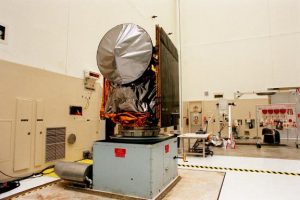Accidents

Mars Climate Orbiter
Summary:
A mismatch in the units used by two software teams led to errors in the Flight Management System and, ultimately, the loss of a multi-million dollar space mission.
Details:
The Mars Climate Orbiter was a spacecraft launched aboard a Delta II rocket by NASA from Cape Canaveral on 11th December 1998. Its intended mission was to study the Martian atmosphere and climate, whilst acting as a communications relay for other spacecraft on or near Mars.
The plan was that the rocket would place the spacecraft into a transfer orbit to Mars, which would be optimised along the way by a series of four trajectory correction manoeuvres. Insertion into Mars orbit was to take place at an altitude of 226 km, but during the week after the final correction manoeuvre, calculations predicted that it would be between 150 km and 170 km; revised to 110 km the day before insertion. The orbiter was able to survive atmospheric stresses down to about 80 km. On 23rd December 1999, the spacecraft passed behind Mars, and so out of radio contact, earlier than expected; communications were never regained.
Final calculations placed the spacecraft in a trajectory that would have taken it within 57 km of the Martian surface, but it is likely to have disintegrated before getting to that point.
It transpires that the orbiter’s FMS software was designed to work with metric Newton seconds, whereas a FMS data-file generated by ground system software used pound-force seconds. A Newton is about 22.5% of a pound-force or a factor of 4.45.
The cost of the mission was stated by NASA to have been $327.6 million in total ($193.1 million to develop the spacecraft, $91.7 million for launch and $42.8 million for mission operations). This incident highlights the importance of the consistency Data Property.
Links
- http://en.wikipedia.org/wiki/Mars_Climate_Orbiter
(accessed 29 November 2017).